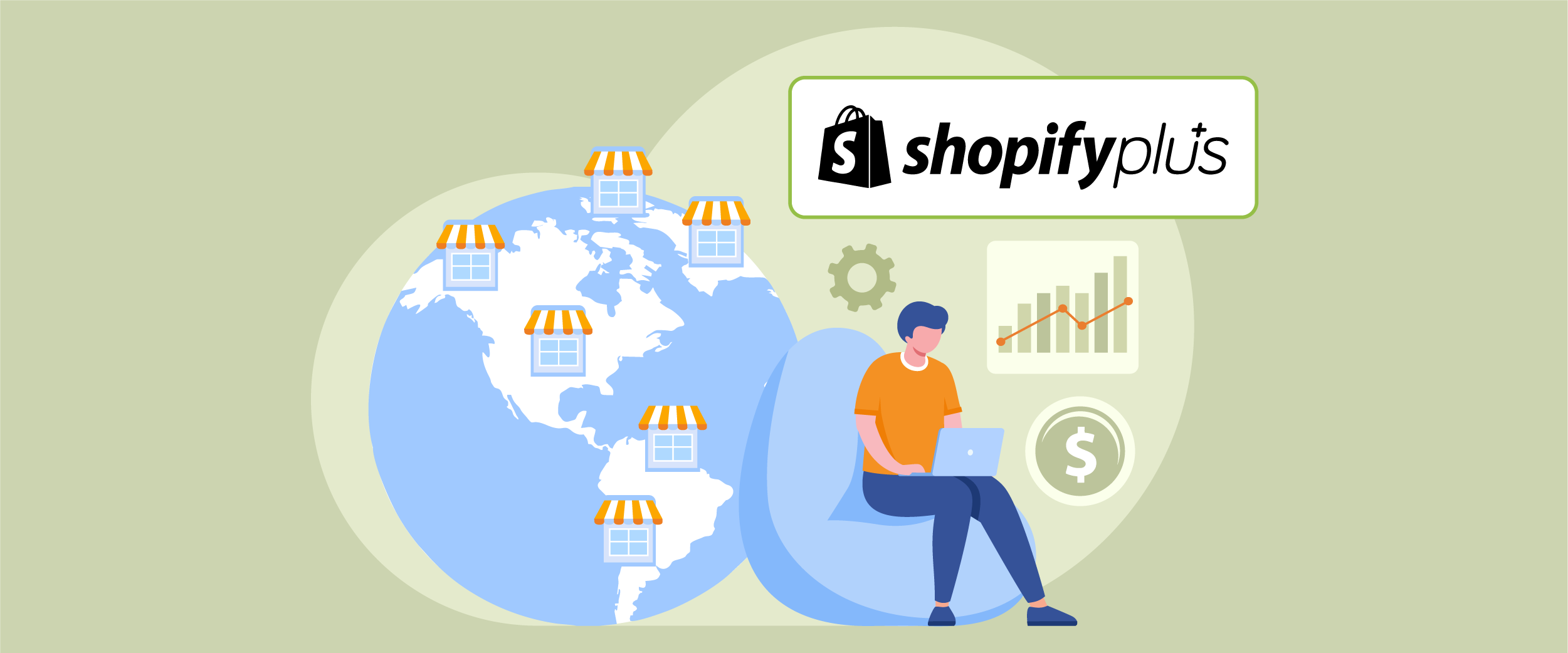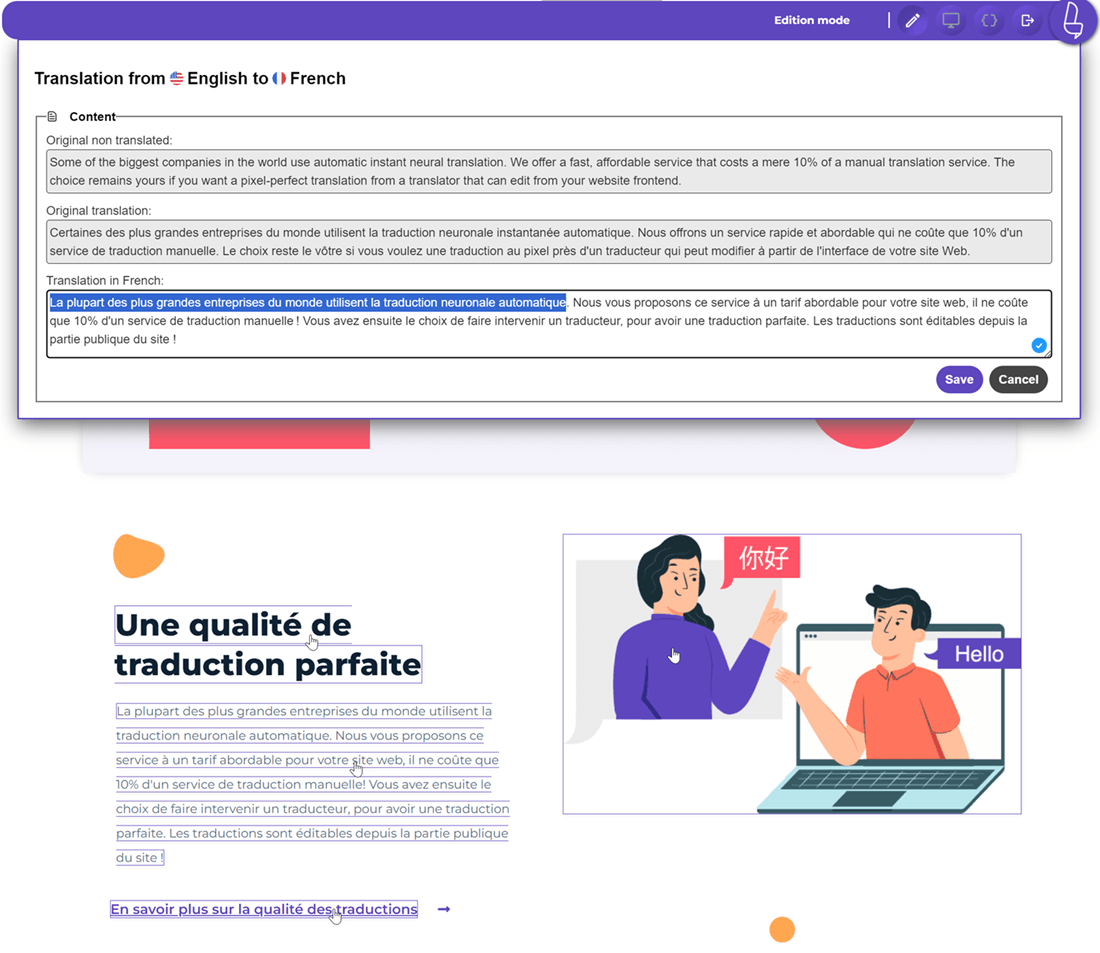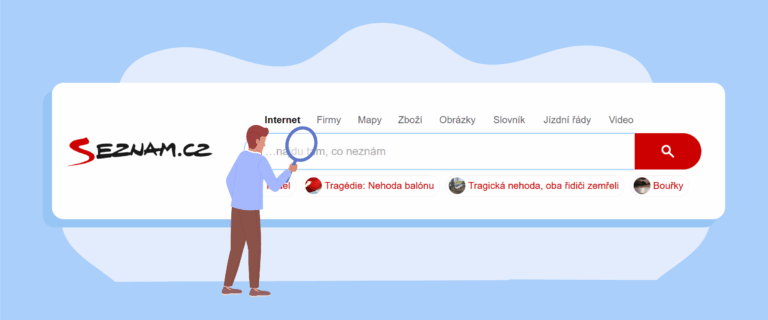Shopify Plus’s multilingual strategy is important for enterprise brands that want to expand globally effectively. As an enterprise-class platform, Shopify Plus provides the flexibility and scalability to realize this strategy, from multi-store management to automation integration that supports operational efficiency.
This article will discuss advanced tactics for building a multilingual strategy on Shopify Plus, from technical setup, enterprise-grade features, localization workflows, multilingual SEO, compliance, challenges, and best practices that can help businesses achieve global success.
The importance of a multilingual strategy on Shopify Plus
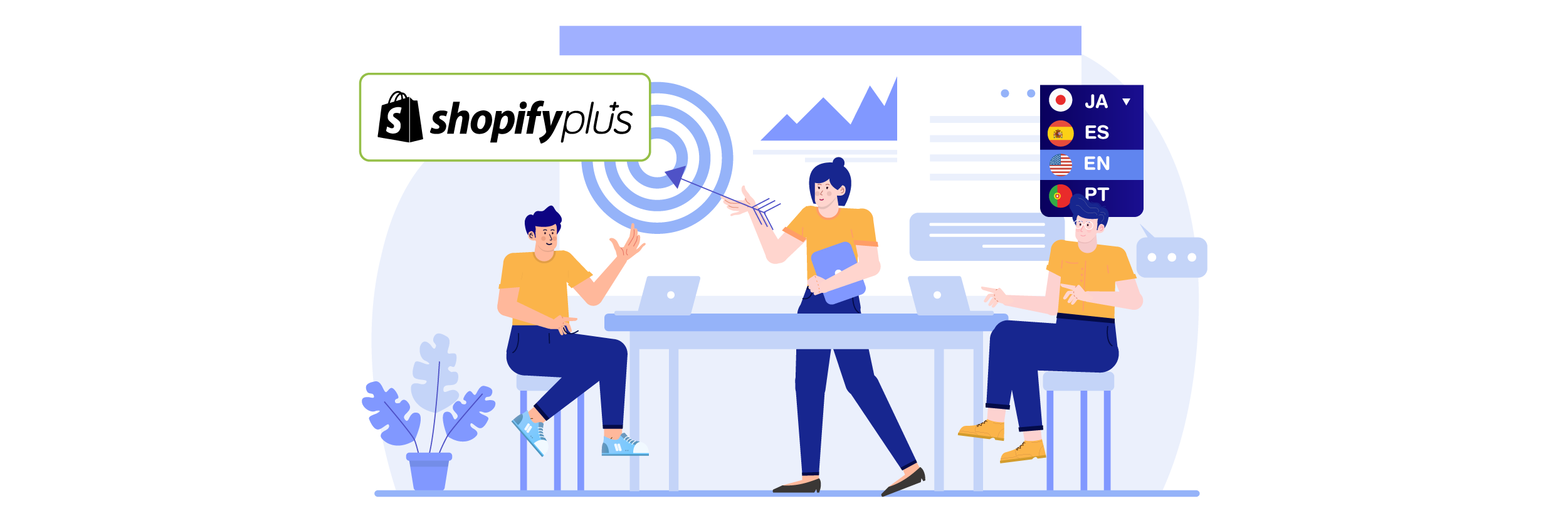
Expanding into international markets means a brand sells products and builds relationships with customers with different languages, cultures, and expectations. This is where a multilingual strategy on Shopify Plus becomes essential, ensuring a personalized, relevant, and consistent shopping experience across markets.
- Building customer trust: When customers can shop in their own language, their trust in the brand increases. This makes them feel more comfortable making purchasing decisions.
- Boosting conversion rates: Shopping experiences tailored to language and cultural context have been proven to increase conversion rates. Clear, understandable content helps reduce hesitation before checkout.
- Strengthening brand loyalty: Relevant language makes customers feel valued. The long-term impact is stronger loyalty and greater potential for repeat purchases.
- Expanding market reach: A multilingual strategy opens opportunities to effectively enter new markets, beyond relying only on major languages like English.
- Driving global revenue growth: A multilingual approach directly increases revenue across countries by providing broader visibility and an improved shopping experience.
Advanced multilingual tactics on Shopify Plus
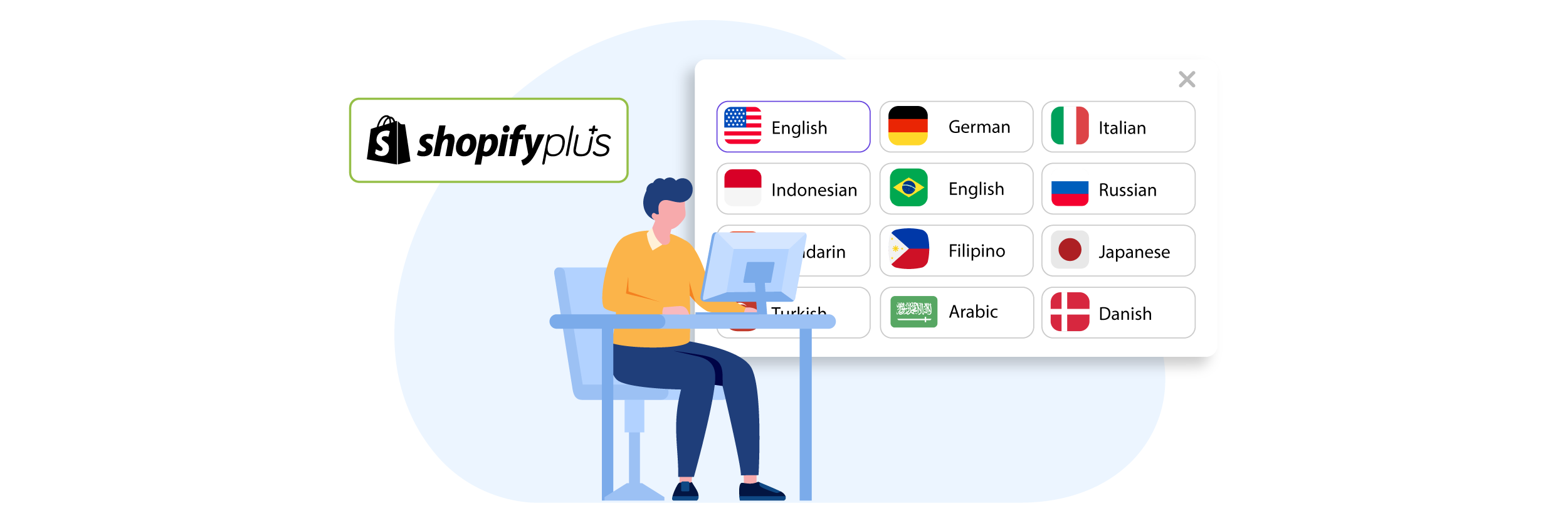
Building a multilingual strategy on Shopify Plus is not just about adding a translation feature. To succeed in global markets, enterprise brands must implement advanced tactics covering technical architecture, operations, and user experience. This approach ensures the strategy is scalable and delivers high performance across diverse international markets.
Technical setup

The foundation of a successful multilingual strategy lies in the right technical setup. Merchants can choose between a multi-store setup, creating separate stores for each language/market, or a single store with a language switcher, which is simpler but less flexible. URL structure is also crucial; for example, using country-specific domains (like .fr, .de) or subfolders (like site.com/fr/) to optimize local SEO.
In addition, implementing hreflang tags is essential so search engines serve the correct language version to the right audience while preventing duplicate content issues.
Below is an example of a Shopify store with a built-in language switcher, which allows customers to switch between multiple languages seamlessly.

Enterprise-grade features

For Shopify Plus merchants, leveraging enterprise-grade features is crucial to scaling a multilingual strategy. Features like advanced API integrations, headless commerce capabilities, and single sign-on (SSO) allow businesses to maintain security, flexibility, and seamless operations across different systems. These technical setups provide the foundation for automation, ensuring that translations, updates, and content rollouts happen consistently across all storefronts.
Another critical advantage is workflow automation, streamlining content approvals, translation assignments, and publishing schedules. Combined with performance monitoring tools and real-time synchronization across regions, these features eliminate redundancies and reduce human error. By embedding enterprise-grade tools into your multilingual strategy, you can achieve operational efficiency while enhancing customer experience across global markets.
Localization workflows

Speed and accuracy are critical in localizing a Shopify store, especially when managing multiple markets at scale. AI-powered translation solutions like Linguise can significantly accelerate the process by providing high-quality, real-time translations that integrate directly with Shopify Plus. However, human review is essential to fine-tune messaging, ensure cultural relevance, and maintain brand tone across languages. To strengthen this process, quality assurance should be applied to detect inconsistencies or contextual errors before content goes live.
For enterprises, building a continuous localization pipeline is highly effective. For example, when a new product or campaign is launched, a platform like Linguise can instantly translate the content, route it for human review where necessary, and publish the approved versions simultaneously across multiple storefronts. This streamlined workflow reduces delays, ensures consistency, and enables global brands to keep pace with fast-moving markets. This approach is further supported by the Linguise live editor feature, which allows real-time adjustments directly on the website for maximum accuracy and flexibility.
Multilingual SEO

Multilingual SEO demands a tailored approach for each target market. Keyword research must be conducted individually, since search behavior and terminology vary by region; for example, “sneakers” is widely used in the US, while “trainers” dominates in the UK. Beyond keywords, optimizing metadata (titles, meta descriptions, and alt tags) in each language ensures that localized pages align with what users are searching for.
Adding structured data for every language version enhances product visibility in local search results. At the same time, hreflang implementation helps search engines deliver the correct version of a page to the right audience. To prevent duplicate content issues, merchants should also use canonical tags strategically. In addition, they should maintain localized URL structures (such as example.com/fr/) or the following Shopify URL in structure example.

Finally, don’t overlook local link-building strategies, reviews, and schema tailored to each region. When combined, these elements ensure that multilingual versions don’t compete against each other in search results but instead strengthen the brand’s overall global visibility.
UX & compliance

User experience in a multilingual Shopify Plus store needs to be tailored to each market’s cultural expectations and behaviors. Cultural adaptation goes beyond just language, it also includes layout, visuals, communication style, and even color choices that carry different meanings across regions. For example, minimalist design works well in Japan, while other markets may prefer a more vibrant and dynamic look. Adjusting navigation, product categories, and checkout flows to match local habits helps reduce friction and improve conversions.
In addition, localized transactions play a key role. Customers want to see prices in their local currency and have access to familiar payment methods. Equally important, compliance with global and regional regulations must be ensured, from GDPR in Europe and WCAG for accessibility to specific rules like Japan’s privacy regulations or Canada’s digital tax policies.
A clear example can be seen in Gymshark’s expansion into the France market. Instead of simply translating content, they adapted product descriptions, terms and conditions, and privacy policies to comply with GDPR and France consumer laws. This step reduced legal risks and built customer trust during checkout. Gymshark’s proactive approach demonstrates that multilingual compliance is a blend of meeting cultural expectations and legal obligations, enabling brands to grow securely in international markets.
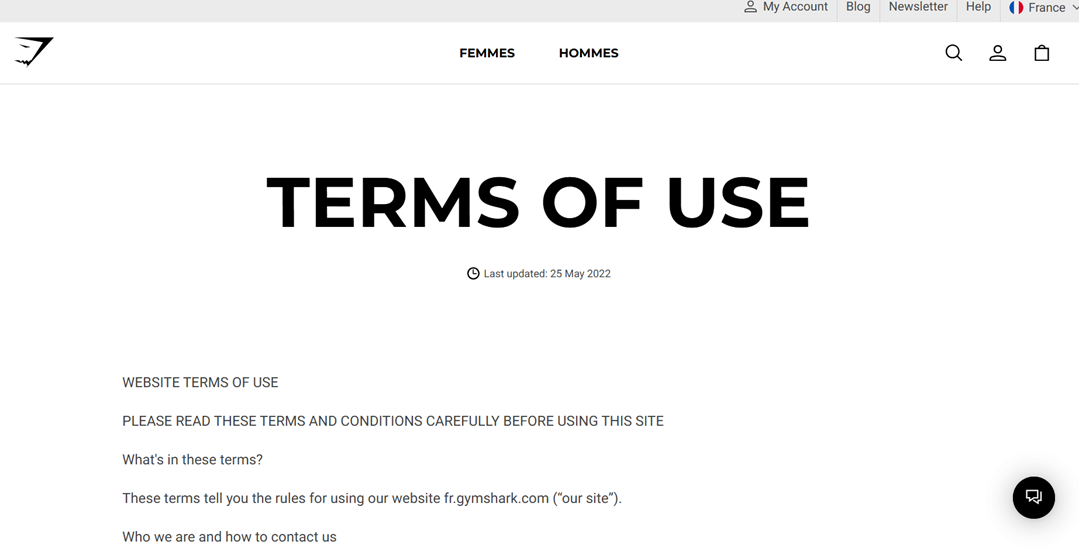
Overcoming challenges in multilingual Shopify stores

Expanding a Shopify store into multiple languages opens to new markets but also comes with challenges that require careful strategy. Without a well-structured approach, businesses may struggle to balance speed, accuracy, and consistency across languages, impacting customer experience and overall performance.
Maintaining brand voice consistency across languages
One of the biggest hurdles in multilingual e-commerce is keeping a consistent brand voice. Direct translations often miss cultural nuances, making the brand appear inconsistent or inauthentic. For example, a playful tone in English may be unprofessional in certain markets if not adapted properly. Combining AI-powered translation with human review is essential to ensure tone, style, and messaging align with brand identity.
Solutions like Linguise translation make this process smoother by offering neural machine translations that are automatically optimized for readability. When paired with human proofreading, the system ensures the brand voice remains consistent across all languages while still adapting naturally to local markets. This balance between automation and quality control protects brand reputation while accelerating global rollout.
Scaling operations across multiple storefronts
Managing multiple storefronts can quickly become complex as product catalogs, pricing, and promotions differ across regions. Without proper synchronization, merchants risk creating inconsistent customer experiences in different markets. For instance, a promotion running in one language store but not reflected in another can cause confusion and harm customer trust.
To address this, Shopify Plus merchants often rely on automation and integration tools that connect inventory, product updates, and marketing campaigns across stores. Translation management systems also play a role here, ensuring that when new content is added, it is automatically translated and published across all storefronts. This reduces manual effort and enables businesses to scale efficiently without losing control over their operations.
Managing technical complexities and SEO issues
From a technical perspective, running a multilingual Shopify store involves managing hreflang tags, canonical URLs, and structured data. If these elements are not configured correctly, different language versions may compete with each other in search rankings, hurting visibility. Duplicate content can also be a problem when translations are not optimized for local search intent.
Merchants can overcome these challenges by implementing multilingual SEO best practices, such as localized keyword research, proper hreflang implementation, and structured data in every language version. Platforms like Linguise enhance this process by automating technical SEO adjustments during translation, ensuring that search engines index the right version for each region. This reduces the risk of SEO penalties and improves discoverability across global markets.
Adapting to local regulations and market preferences
Each market comes with its own cultural expectations and regulatory requirements. Beyond simple translation, merchants must adapt elements like checkout design, payment options, and currency displays. For example, customers in Japan may expect convenience store payments, while shoppers in Europe prioritize strong data privacy protections under GDPR. Ignoring these preferences can lead to lost sales or even legal issues.
Shopify Plus allows customization of stores according to regional needs, but businesses must actively monitor compliance regulations like WCAG accessibility standards or local tax requirements. By combining localized UX design with regulatory compliance, merchants can build trust and deliver a seamless shopping experience. In practice, this means not just selling globally, but truly operating like a local business in every target market.
Best practices for enterprise success

For enterprises running multilingual Shopify Plus stores, success requires more than just launching localized storefronts. It involves building a sustainable framework that ensures consistency, scalability, and measurable growth across all markets. By following best practices, businesses can improve customer experiences and streamline operations globally.
Centralized content & translation management
Centralizing content and translation management ensures that messaging remains consistent across all languages while reducing duplication of efforts. A centralized system allows teams to create master templates and guidelines that local markets can adapt, preserving the brand’s tone of voice while allowing cultural flexibility. This approach also minimizes the risk of inconsistencies between different language versions of the same content.
Moreover, leveraging specialized translation tools and integrating them directly with Shopify Plus can accelerate workflows. This enables enterprises to roll out new products or campaigns simultaneously across multiple markets without sacrificing quality. With a structured system, enterprises can effectively balance global consistency with local relevance.
Continuous testing
Multilingual stores require testing and quality assurance to ensure that each localized version provides the same seamless experience. This involves checking not just translations but also layouts, navigation, and functionality, as these can break when adapted to different scripts or cultural formats. Regular audits help identify and fix issues before they affect user experience.
Beyond technical testing, enterprises should incorporate user feedback from each market into their QA process. By listening to local customers, businesses can address subtle cultural or usability issues that automated testing might miss. With tools like Linguise, merchants can invite professional translators directly into the admin dashboard to collaborate on translations, ensuring accuracy and cultural relevance. This collaborative workflow supports continuous improvement, so every market enjoys a high-quality and reliable shopping journey.
Data-driven optimization for multilingual performance
Enterprises can use analytics to compare how different regions interact with content, products, and campaigns, identifying patterns that reveal opportunities for improvement. For example, analyzing bounce rates or checkout abandonment across regions can uncover localization gaps in language, payment methods, or product presentation.
By tracking KPIs per market, businesses can decide where to allocate resources. This ensures optimization is not based on assumptions but on real performance metrics. Data-driven insights allow enterprises to adapt quickly, ensuring that multilingual operations remain agile and competitive.
Cross-team collaboration across markets
Success in multilingual Shopify Plus operations depends on strong collaboration between global and local teams. Global teams provide brand direction and resources, while local teams bring market-specific expertise. Establishing clear workflows and communication channels helps ensure smooth execution of campaigns and product launches across regions.
Additionally, collaboration fosters a feedback loop that benefits the entire enterprise. Local teams can share insights about cultural nuances or consumer behaviors, which can be integrated into global strategies. This balance between centralized oversight and local input empowers enterprises to build stronger, more authentic connections with customers worldwide.
Conclusion
Shopify Plus’s multilingual strategy builds a scalable framework that combines technical precision, cultural relevance, and operational efficiency. By leveraging advanced features, automation, and solutions like Linguise, enterprises can ensure consistency across languages while adapting to the unique needs of each market. This strategic approach transforms multilingual stores into powerful engines for global growth.
As brands expand internationally, success will depend on aligning technology, teams, and customer experience with local expectations and regulatory requirements. Enterprises that embrace these best practices, centralized management, continuous testing, data-driven optimization, and cross-team collaboration will be best positioned to achieve long-term success and maximize their global impact with Shopify Plus. To streamline this journey and accelerate results, consider using Linguise as your multilingual solution for Shopify Plus, enabling real-time, high-quality translations at scale while preserving your brand voice.

